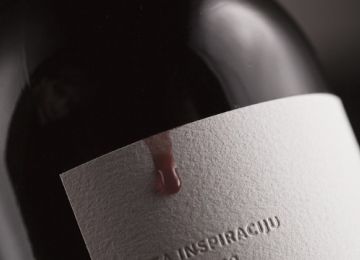
Stina
Stina

About Stina
The island of Brač is unique and famous for its white stone (Stina), but also for numerous artists who lived and created on the island. Many famous Croatian poets, authors, sculptors and painters were born on Brač. Brač stone has always been a source of inspiration due to its beauty, but it is also a symbol of hardship when it comes to viticulture and viniculture. This is why we chose the name STINA for our wine. In the Dalmatian dialect, this word means stone, the strongest symbol of the island of Brač.
Stina wines – drawing inspiration from the stone
In 2009 the cellar was completely reconstructed and technological equipped. 50 ha of new vineyards (Pošip, Vugava…) were planted at the Grabica location, on a surface where the stone (stina) had to be crushed with specialised machines in order to enable the cultivation of the soil, i.e. the preparation for the planting and planting itself. The specificity of this location, apart from the stony surface, is also in its height above sea level where vineyards have been planted. Namely, vineyards have been planted on a plateau located at 420 to 550 metres above sea, with a slight inclination towards the sea in the east and southeast directions. The location of Grabica has never been cultivated at all, so vineyards had never been planted before at this location.


Apart from by the stone (stina), the long history of Brač has always been marked by the cultivation of grapevine, especially the Plavac mali variety. One of such locations on the south side of the island of Brač, above the settlement of Murvica, is the Stipančić desert (convent), dating back to the 15th century. After the purchase of this convent, i.e. the estate with the total area of 32 ha, terrain reconstruction began where grapevine has been cultivated for more than 500 years.
Since the terrain is exceptionally steep, with a slope exceeding 45°, the stone (stina) retaining walls were already built in the ancient times, so that the small amounts of fertile soil that were located there would be protected from erosion caused by water. During the reconstruction, the old retaining walls were renovated and completely new ones were built in order to obtain new areas for grapevine planting. This is how, with a lot of effort and enormous investments, grapevine was restored to the place where it had been cultivated for several centuries. The traditional manner of cultivation, without reinforcement, was also kept, with 10000 vines per hectare, while all the agricultural works in the vineyard are performed manually.







